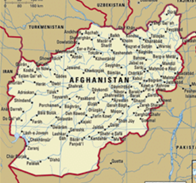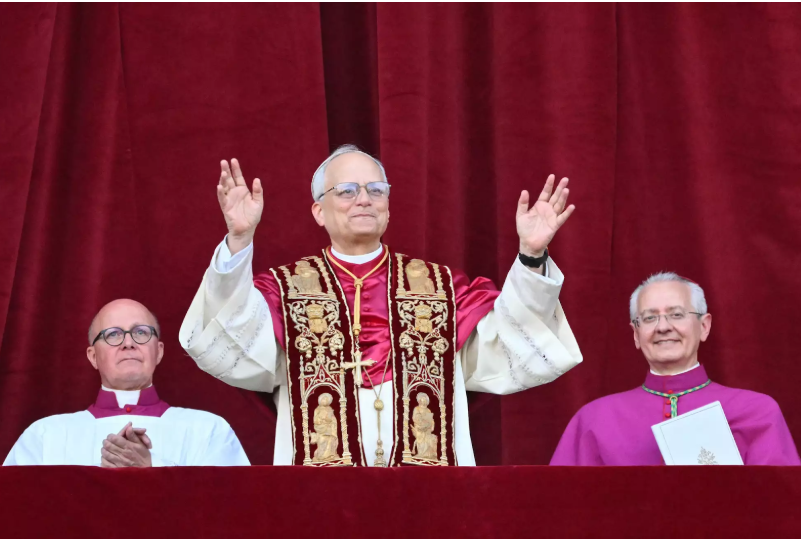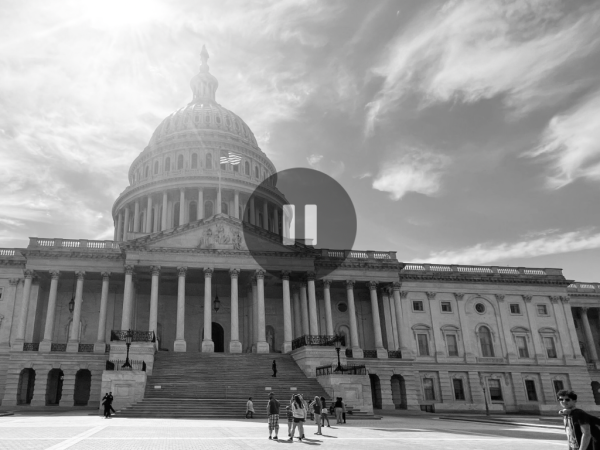A Powerful Symbol for a Beautiful Day
Juneteenth, also known as Freedom Day or Emancipation Day, signifies the liberation of enslaved African Americans in the United States. The timing of emancipation varied in different regions of the Southern United States during the American Civil War. However, when Texas witnessed emancipation on June 19, 1865, following the collapse of the Southern rebellion, widespread jubilation ensued. It is important to note that this date did not officially mark the end of slavery, even within Texas, and emancipation has been acknowledged on other dates as well. Nevertheless, June 19 gradually became a day of joy and remembrance throughout the United States as a day commemorating the end of slavery.
The Juneteenth flag, designed in 1997 by activist Ben Haith, has become a representation of the Juneteenth commemoration. This significant flag, created in collaboration with the National Juneteenth Celebration Foundation, illustrates the beauty and history of Juneteenth and serves as a unifying symbol for the celebration.
Composed of three horizontal stripes, the Juneteenth flag carries deep profound meaning. The top stripe, in vibrant red, symbolizes the courage and resilience of African ancestors. The middle stripe, in white, represents a collective aspiration for a brighter future. The bottom stripe, in deep blue, signifies freedom and the countless opportunities that lie ahead. At the heart of the flag is a five-pointed star, holding multiple symbolic interpretations: it pays homage to Texas, where Juneteenth originated. Additionally, the star represents the freedom of African Americans across the entire United States.
The Juneteenth flag has found widespread recognition and popularity alongside the growing observance of Juneteenth. It has become a crucial symbol for the African American community, serving as a visual representation of history, struggles, and achievements. The flag stands as a reminder of Juneteenth’s significance and the ongoing pursuit of equality and justice still going on today.
This flag proudly flies over government buildings, parades, and events, and serves as a symbol of unity and remembrance. Its display sparks conversations about slavery’s history, the civil rights movement, and the importance of acknowledging and celebrating Black Americans.

Jaylan Post, senior, is in his third year of Journalism and hopes to continue his important work as an editor and writer. He uses the class as a way to...




























































